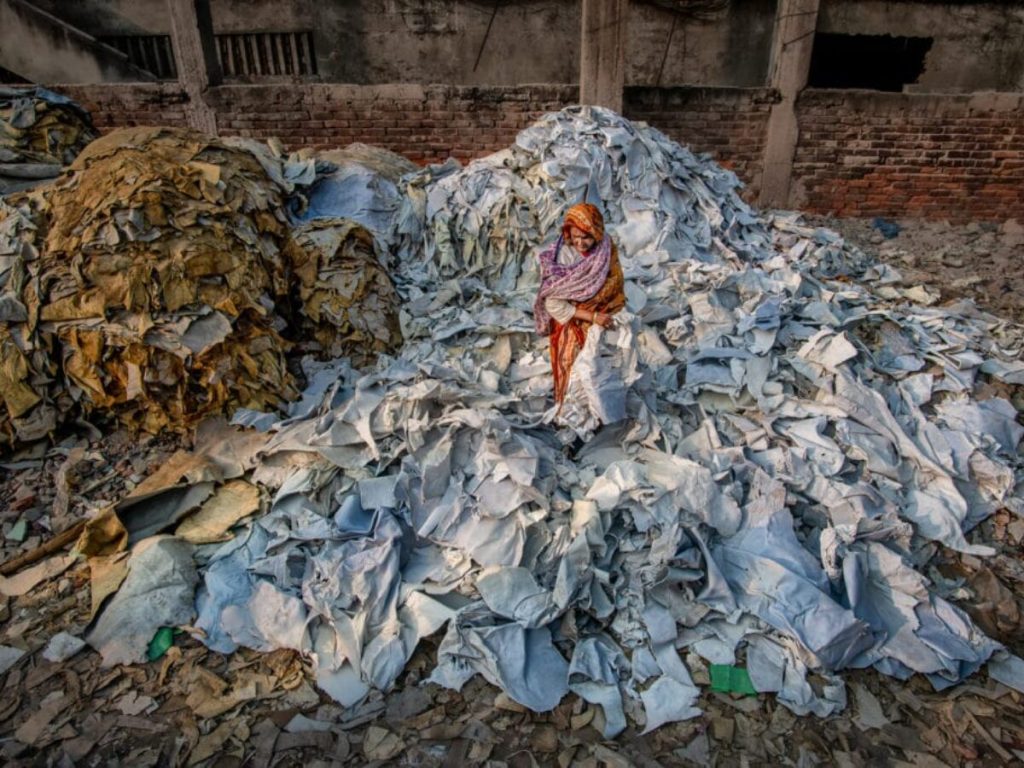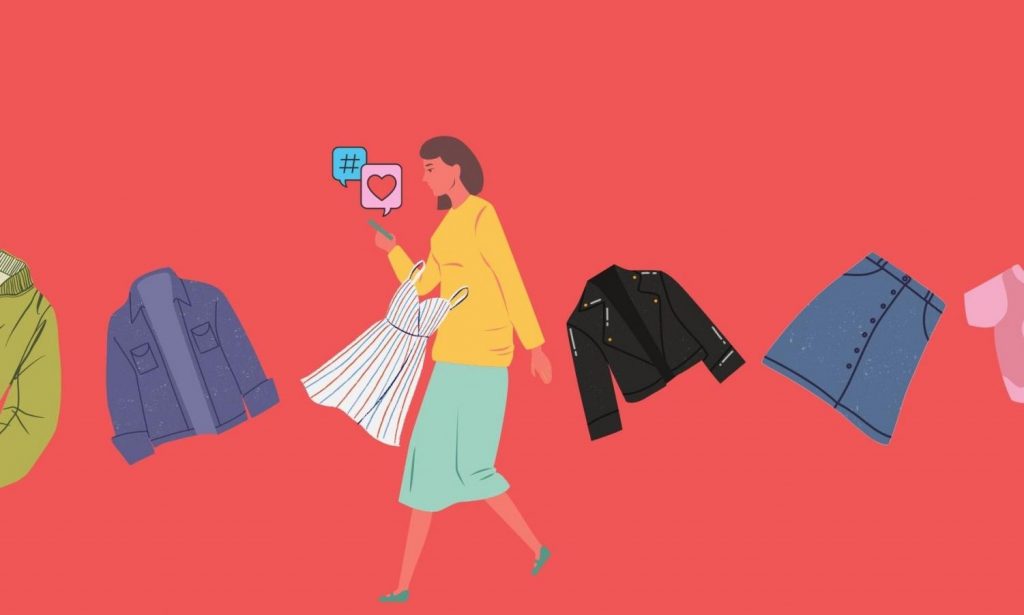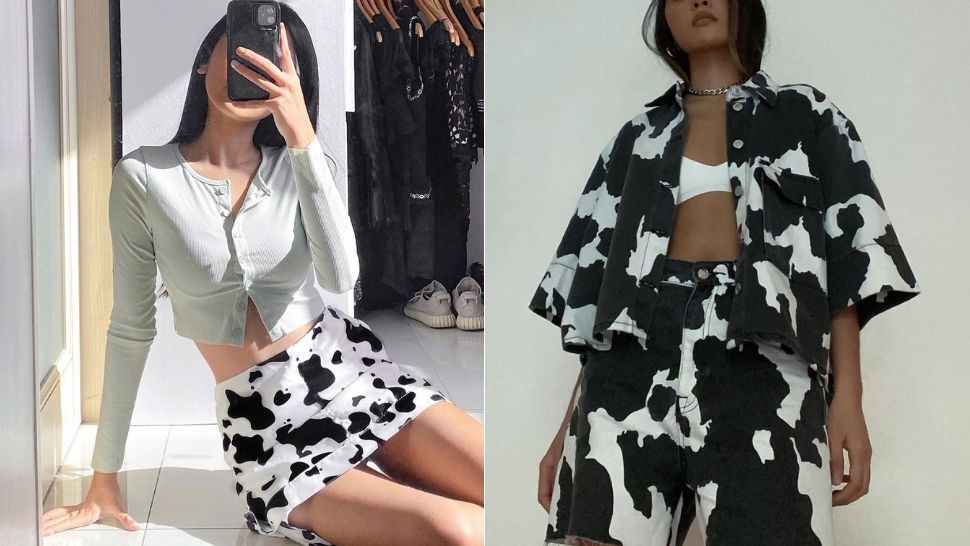When you walk into a clothing store these days, it’s impossible to miss how quickly the they seem to jump on the latest TikTok or Instagram trend. It feels like the second something goes viral, it’s already on the shelves. And sometimes when you see people looking good in certain clothes online, it can be hard to resist getting inspired and buying them.
Just the other day I went shopping with a friend of mine, who bought a bunch of new clothing for winter. As we were walking home, she suddenly said, “I shouldn’t have bought those jeans”. I was surprised to hear about her sudden change of heart. She admitted to not being sure whether she really liked the pants or if she had bought them because they were trendy. Her words validated some of my personal experiences. I had been unsure whether they were universal or if I was just being gullible. When you see something enough times – whether it’s in your feed or on the streets – the line between your taste and what’s “in” starts to blur.
Remember 2020 when cow print was everywhere? People loved in on anything – clothes, accessories, even on their doors and walls. Now? You barely see it, and it’s hard to imagine anyone being that into it again.
https://www.tiktok.com/@spodiecoke/video/7235323305878752554
Another example is from last year when I almost bought a pair of Adidas Sambas because they were suddenly everywhere. Even though they’ve been around for years, I found myself unexpectedly drawn to them. In the end, I decided against it (because I couldn’t find the right colours, not because i am an original fashion icon) and got sneakers I knew I genuinely like instead.
Trends keep popping up and disappearing faster than ever – thanks to social media. “Cottagecore”, “coquette” 🎀, “old money”, “clean girl” – various “aesthetics” come and go in a flash. This constant flood of new styles makes one want to participate. But when trends move at lightning speed, it leaves you wondering if you actually like whats being sold, or if you’re just caught up in the latest microtrend. It’s become harder to tell if I’m buying something because it resonates with me or because Pinterest convinced me into it.
This pressure to always keep up with the next big thing is where fast fashion comes in. Most clothing brands have become experts at producing new stuff quickly, catering to the trends that social media drives. When something like cow print or “y2k” fashion blows up, stores react almost instantly, filling their shelves with low-cost versions of these styles. The idea is simple: buy now, wear it while it’s admired, and inevitably move on.

And we do. We’re constantly being encouraged to buy, consume, and replace. Social media has turned clothing into a disposable commodity. Trends that used to stick around for months or even years are now cycling in and out in a matter of weeks. Today it’s one aesthetic, tomorrow it’s another. And brands are happy to feed into it since the faster the wheel turns, the more we feel the need to buy. It’s great for business, but it leaves us stuck in a loop of overconsumption.
This process isn’t new, but it’s become much more efficient with social media. Platforms like TikTok and Instagram thrive on visuals, which makes them the perfect place to sell these aesthetics. The process of commercialisation now happens almost overnight.
The issue with these fast-moving trends isn’t just that they’re hard to keep up with, but that they’re designed to be disposable. And because fast fashion caters to this constant demand for newness, we end up with closets full of clothes, which might not resonate with us and might be fastly forgotten. It’s not just a waste of money, but a waste of resources, too. The environmental impact of this trend cycle is also of course massive.

In a world where trends change at the speed of a scroll, it’s easy to get swept up in it all. Clothing is a form of self-expression and I like to believe that one can find their way out of trying to keep up with what the cool kids online wear and have fun with it.





Recent Comments